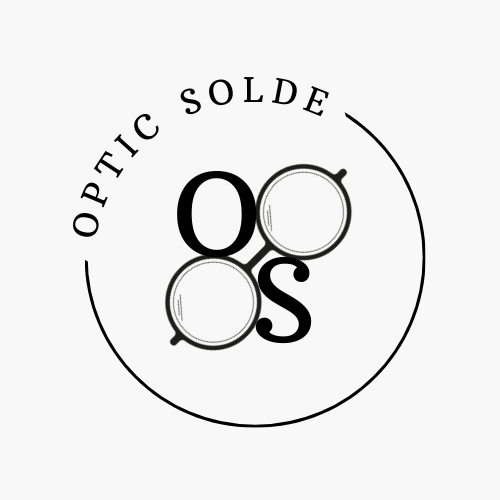Breaking Down the Anatomy of a Pair of Glasses
Subheading 1: The Frame
When it comes to glasses, the frame plays a crucial role in both functionality and style. Understanding its anatomy not only aids in selecting the perfect pair, but also allows for effective maintenance and repairs.
1. Bridge: The bridge refers to the part of the frame that rests on the wearer’s nose. It provides stability and helps distribute the weight of the glasses evenly. Bridges come in various designs, such as keyhole, saddle, or adjustable nose pads, each offering different levels of comfort and fit.
2. Temples: The temples, also known as arms or sides, extend towards the wearer’s ears. They are the main support structure for the glasses. Temples can be adjusted for a custom fit and are often made of materials like plastic, metal, or a combination of both.
3. Hinges: Hinges connect the temples to the frame front. They allow for smooth opening and closing of the temples, facilitating easy wear and removal of glasses. Hinges may be fixed or flexible, depending on the design of the glasses.
4. Endpieces: Endpieces are small connectors located between the bridge and temples. They play a vital role in holding the frame together, ensuring stability and durability. Endpieces can be crafted from various materials, including metal or acetate.
Subheading 2: The Lenses
The lenses arguably have the most significant impact on vision correction, with different options available to suit individual needs. Understanding the components that make up lenses can aid in the selection process.
1. Lens Material: Glasses lenses are typically made from various materials, such as glass, plastic, or polycarbonate. The choice of material depends on factors like prescription strength, safety requirements, and personal preferences. Polycarbonate lenses, for instance, are thinner and lighter than traditional glass lenses, making them popular among individuals with stronger prescriptions.
2. Lens Coatings: Lens coatings offer additional benefits and enhance the overall functionality of glasses. Anti-reflective coatings help reduce glare and improve the clarity of vision, while scratch-resistant coatings protect the lenses from scratches and extend their lifespan. Other coatings, like UV protection, blue light filtering, or hydrophobic coatings, are also available depending on individual needs.
Bullet List: Maintenance and Care
Proper maintenance and care are essential for keeping a pair of glasses in optimal condition and ensuring longevity. Here are some key points to keep in mind:
– Cleaning: Regularly clean your glasses with a soft microfiber cloth to remove dust, fingerprints, and smudges. Avoid using harsh chemicals or materials that may scratch the lenses.
– Storage: When not in use, store your glasses in a protective case to prevent damage. Avoid placing them face down on surfaces that may scratch the lenses.
– Adjustments: If your glasses feel loose or uncomfortable, visit an optician or an eyewear professional to have them adjusted. Avoid attempting to self-adjust as it may lead to further damage.
– Repairs: In case of damage or breakage, seek professional assistance rather than attempting DIY repairs. Professional repairs ensure that your glasses function properly and maintain their original integrity.
In conclusion, understanding the anatomy of a pair of glasses helps in making informed choices when selecting and maintaining eyewear. From the frame and its components to the lenses and their coatings, each element plays a crucial role in comfort, style, and vision correction. By recognizing these intricacies, individuals can better care for their glasses and enjoy clear and comfortable vision for years to come.
